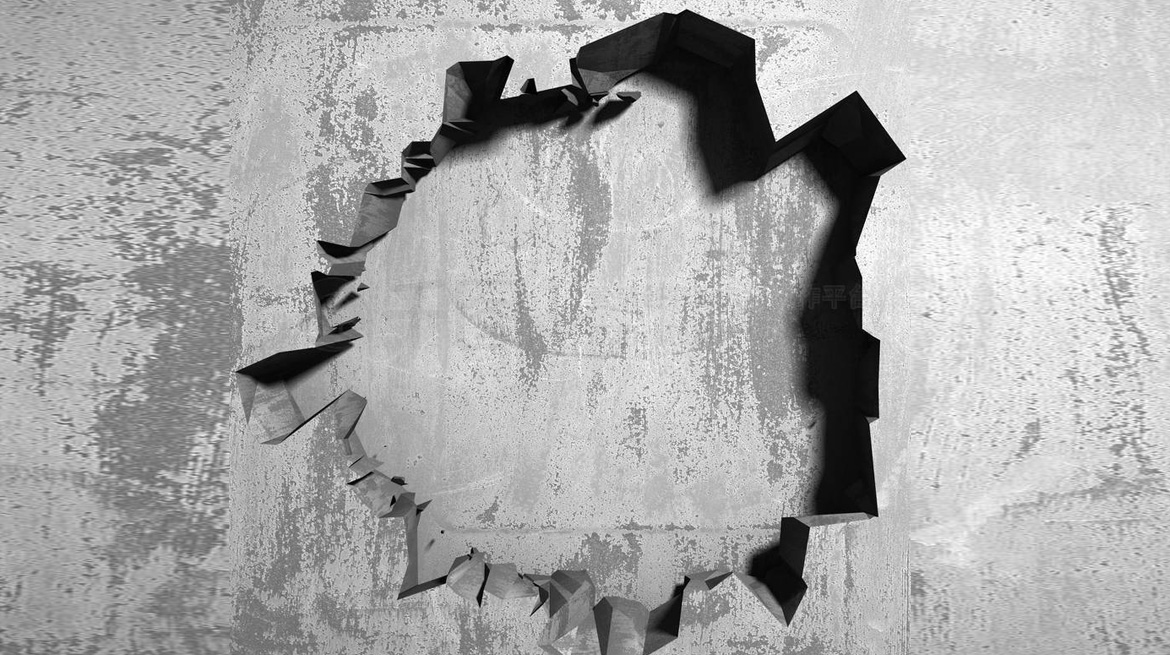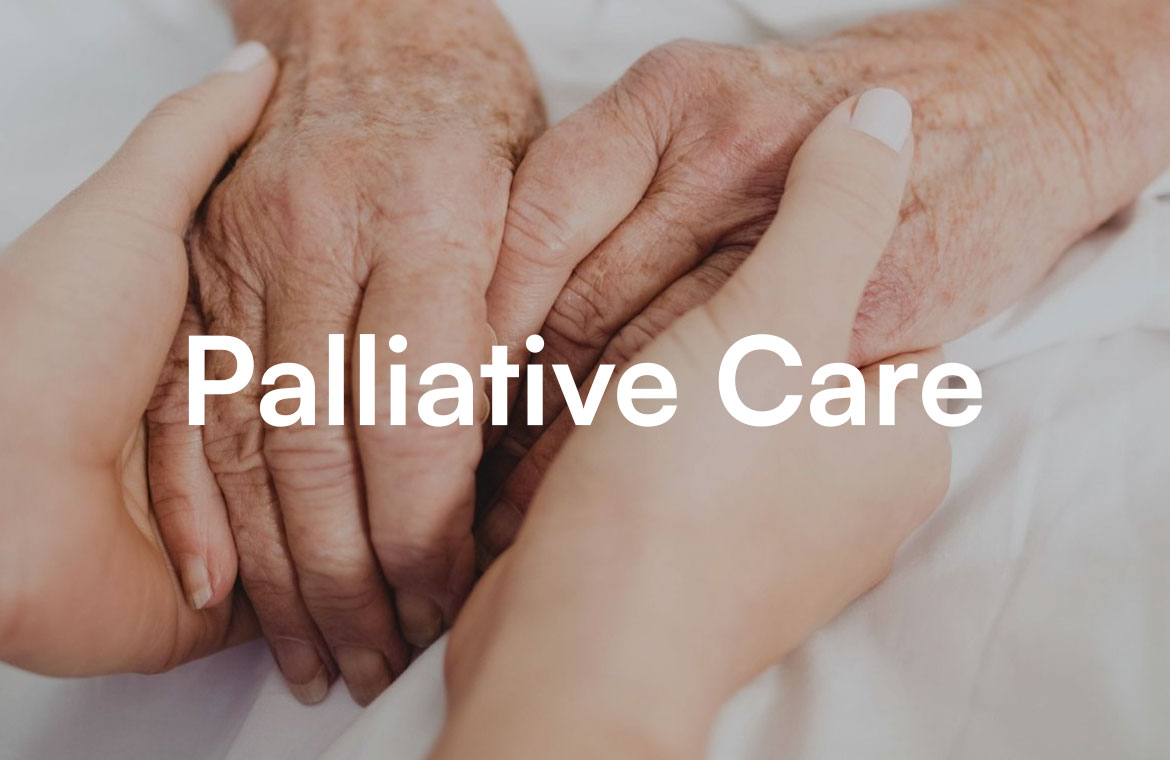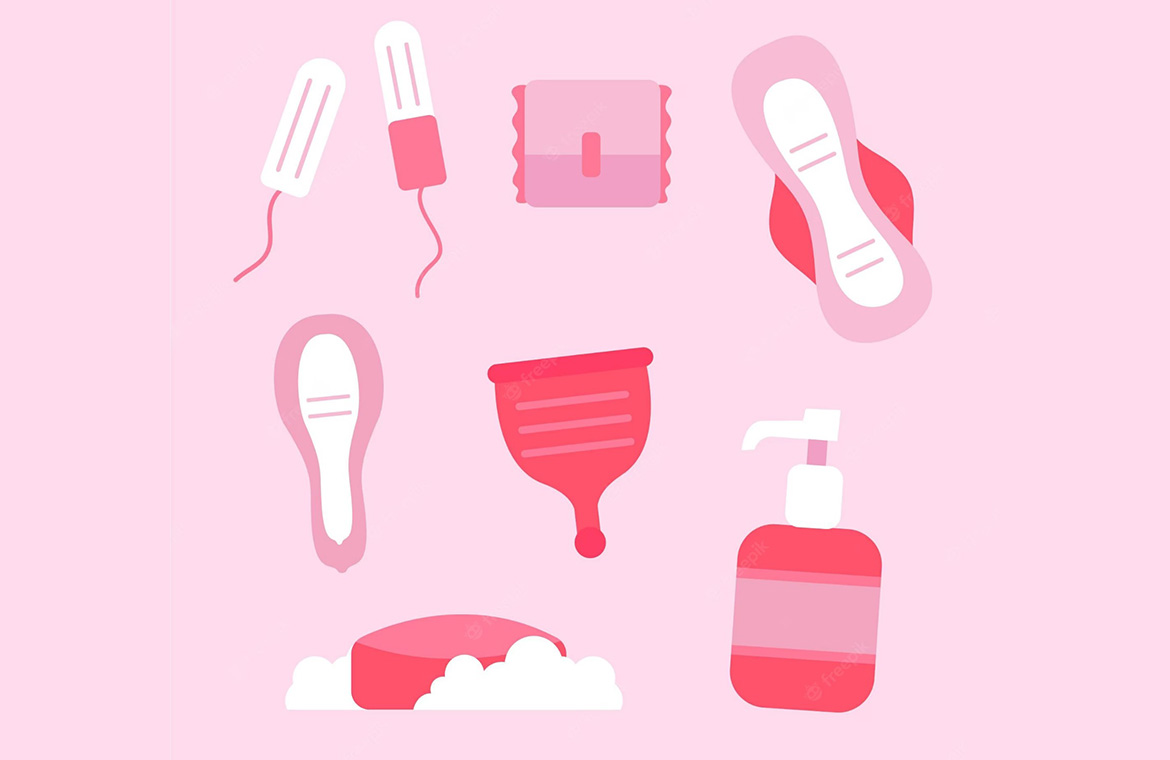The urban chawl stood looming over us, a blackened structure of weathered concrete, moss, and chipped paint. As a resident, I was leading a group of medical students on their first Family Adoption Program visit. The idea behind it is to bridge the gap between the doctor and the patient while to instill in these young minds the realities of public health as they start their journey in medicine. But as I stepped into the labyrinth of dark, cramped rooms with rodent-infested corridors, a group of young medical students following me, I realized the gap between idealism and reality was wider than I’d imagined.
The heat and humidity were suffocating inside the concrete building. Each room was barely 180 square meters of area, a microcosm of lives lived in close proximity, a tableau of resilience and adversity. We moved from one family to another, taking histories, and conducting basic examinations.
We had divided the families among the students, allotting time slots for each visit. The students were asked to gather at a common place once done, but when the time was up, two girls were missing from the lot. The senior resident asked me to go check up on them. My heart raced as I made my way through the poorly lit corridors until I eventually noticed two pairs of shoes outside an open door that appeared to be misplaced.
Stepping in, I was met with a scene that took me by surprise. The girls were seated on a murky sofa and opposite to them sat an old woman with silver hair on a broken chair. Instead of the expected medical queries, the girls were engaged in animated conversation with her.
They were admiring her hair while paying close attention to her stories, wide smiles plastered on their faces. The small room was filled with a warmth that contradicted its conditions.
I realized the true impact of this program at that point. It went beyond just screening diseases or distributing medicines. It was about human connection and acknowledging the life that lies beyond and around a patient’s bed. The old woman had found friendship in those young students and maybe, that was the highlight of her day, a break from her boring routine.
As we made our way back to the bus, the students were buzzing with excitement as they exchanged stories about their families, some funny and some not. They spoke of children with big dreams who wanted to become doctors like them and the advice they gave, of elderly couples with unwavering faith and the advice they received, and of mothers who were the pillars of their households, not much different from their own. I watched as a silent observer wondering about how many of these will recollect these moments down the line.
The day had been physically exhausting but definitely, rewarding. It reaffirmed my belief that humans are social animals and nothing is more powerful than human interaction as well as the importance of empathy in the practice of medicine. As the bus made its way through the city, I thought about the lives I had just witnessed and realized that my journey as a public health doctor had just truly begun.




